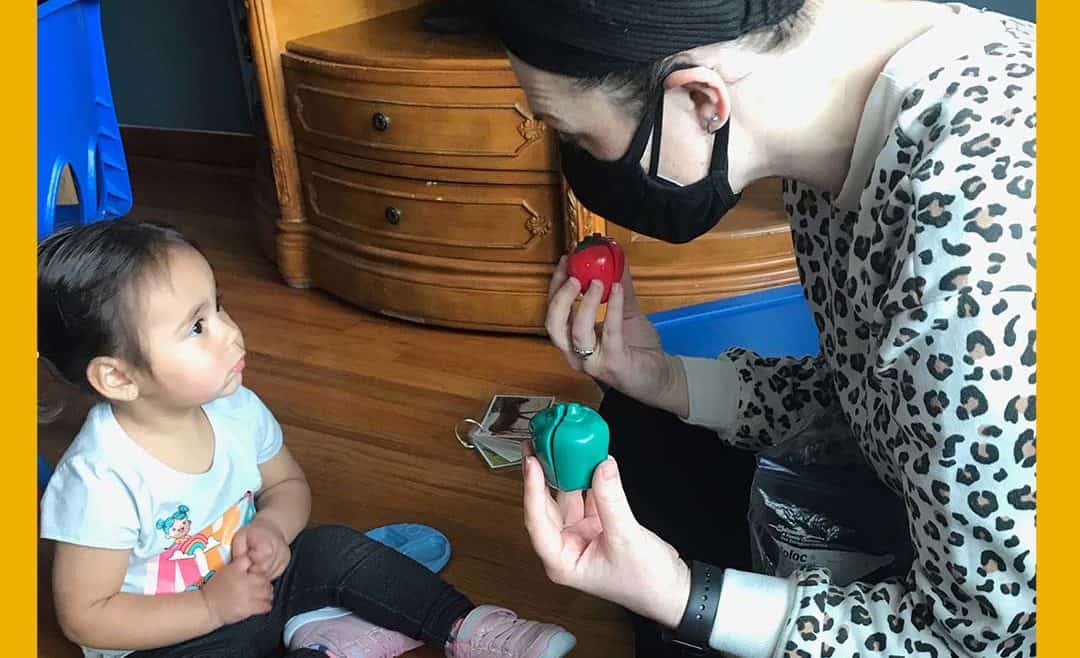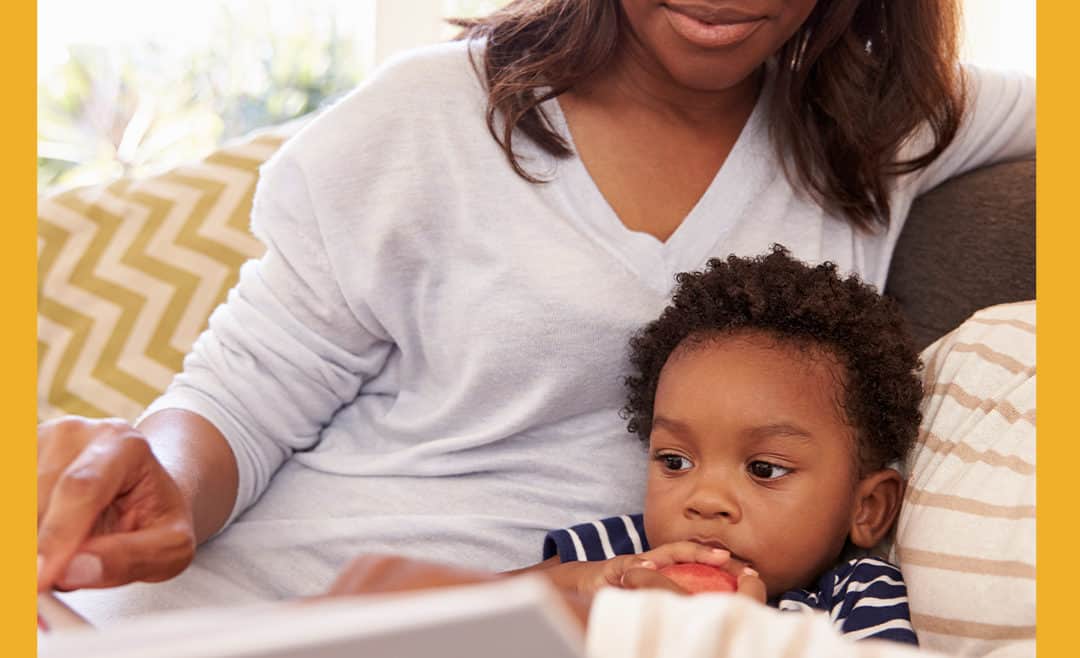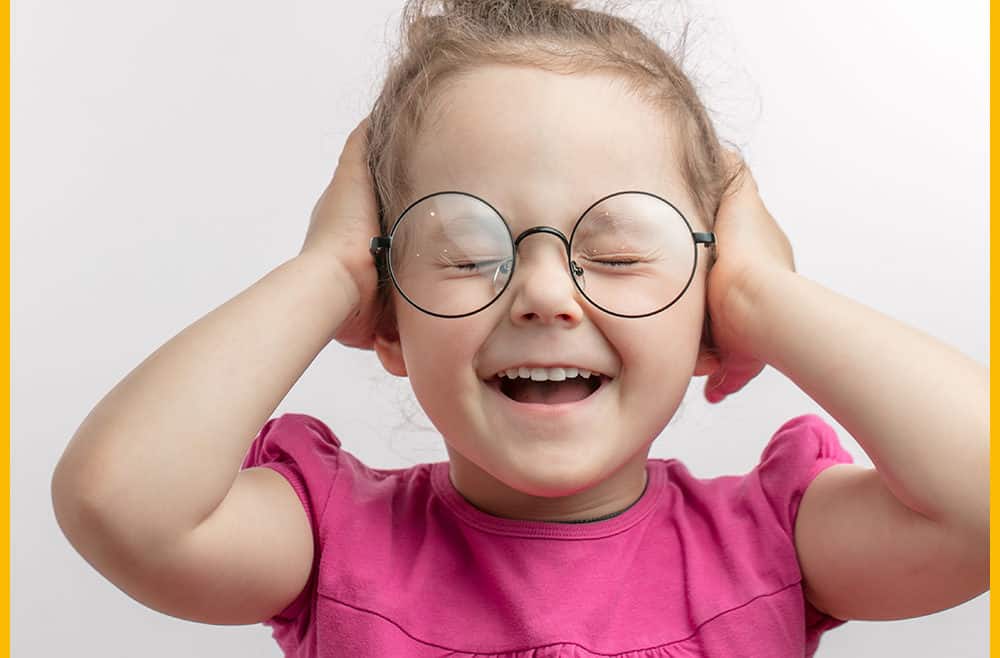May is Better Hearing and Speech Month (BHSM), which brings awareness to those living with communication disorders and some of the challenges they face throughout their daily lives. Each year, the American Speech-Language-Hearing Association (ASHA) chooses a theme. In 2023, the theme is “Building a Strong Foundation”. One way you can help your child build a strong foundation is by incorporating speech therapy skills into your day-to-day activities. It does not have to be difficult. In fact, it can be fun.
This year, in honor of BHSM, we wanted to share some games that you can try with your little one. Not only are these games interactive for your family, but they will allow you to incorporate speech therapy techniques while playing with your child. It’s a winning combination!
Guess the Chalk Drawing
Grab some chalk and get ready to use your imagination! Go outside and start by drawing an object using the chalk. Now, have your child use their speech to try and guess what you’re drawing. Once your little one has correctly guessed the object, switch roles and have them use their fine motor skills to draw an object. If your little one gets stuck while guessing, they can ask questions to help them figure out what you drew.
Matching Opposites
This game is the perfect way for your child to work on their speech while also learning about opposites. Take a piece of paper and write down 10 pairs of words that are opposites (for example, cat and dog, up and down, hot and cold, etc.). Now, cut out each word and have your child use their fine motor skills to draw a picture on the back of each paper to match the word on the front. Once they’re done drawing, have your little one match the opposites, and use their speech to say what the opposites are.
20 Questions
This is another game you’ve probably heard of and maybe even played. First, start by thinking of a person, place, or thing. Now, your child will have to try to guess what you’re thinking about by using their speech to ask questions. If your child cannot correctly guess within 20 questions, the game is over! Once your child’s turn is complete, switch roles and have your little one think of something for you to guess.
What Animal Am I?
For this final game, write down 10 different animals on separate pieces of paper, crumple them up, and place them into a bowl. One at a time, ask your child to choose an animal from the bowl and have them use their speech skills to describe the animal to you. Once you have guessed all of the animals, place the paper back into the bowl, and prepare for the next round! In this round, your child will have to use their gross motor skills to act out which animal they are and use their speech to make the noise of that animal.
Follow us on our social media (Facebook, Instagram, Pinterest) throughout May for great tips, resources, and activities dedicated to BHSM. Should you have questions about speech therapy or any of our other services, do not hesitate to contact us to discuss if your child would benefit from pediatric therapy. Our team is here to support you and your child in any way we can.






